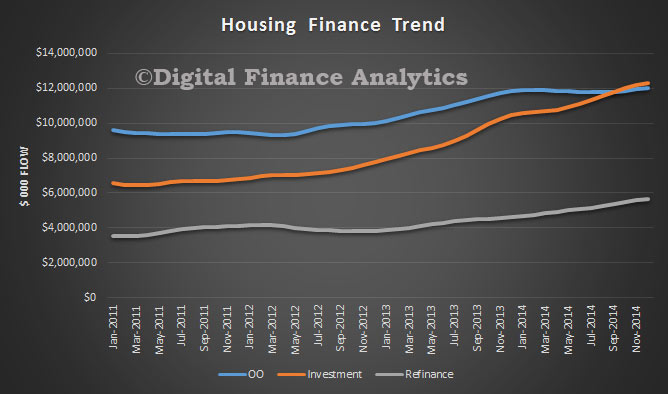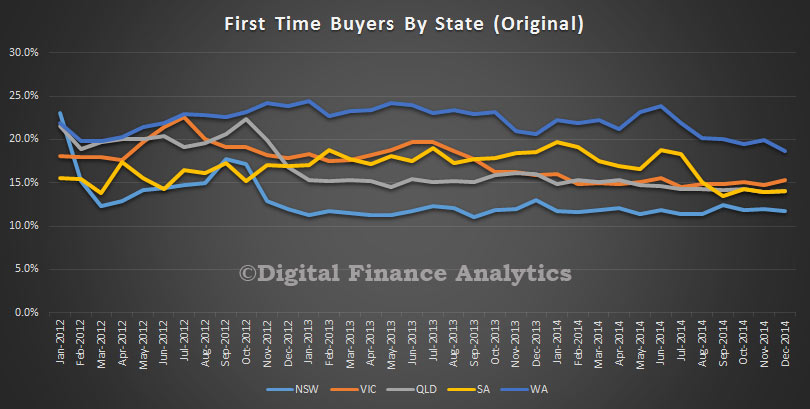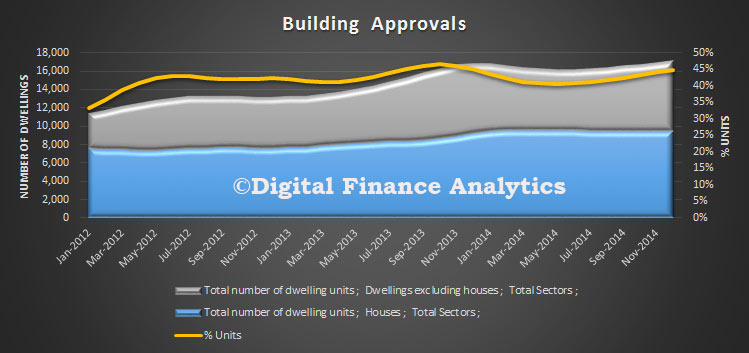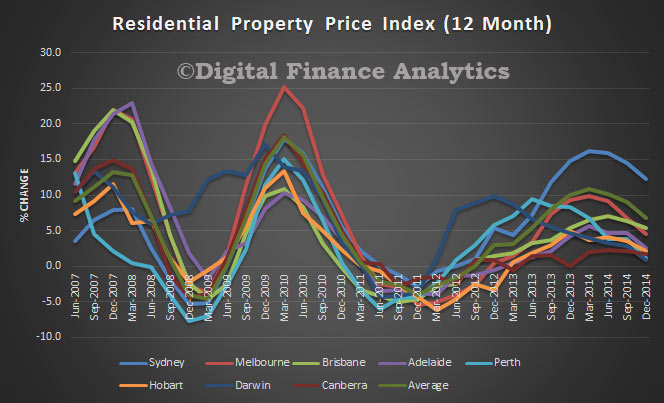According to the Bank of England, in a speech to regional business contacts on Wednesday, Dame Clara, External Member of the Financial Policy Committee, discussed the challenges of encouraging and promoting greater use of market-based finance at a time when the banking system is undergoing structural changes, which may be impacting on the liquidity of markets through which such finance is provided.
Dame Clara pointed out that the financial crisis highlighted the cost of overwhelming reliance on the banking system.
“So it seems sensible to secure the benefits that capital markets and market-based finance can clearly offer our companies; namely, funding alternatives and risk-management options against a more diverse group of counterparties. Indeed, pushing savings from a conservative bank deposit to real investment is critical to ensuring that risk-taking can produce future economic growth and prosperity.”
Dame Clara noted that whilst it is important to recognise that market-based finance can also present systemic risk – such as the financing mechanisms outside the banking system that helped to propagate risk from US sub-prime mortgages – a more balanced financial system should emerge in the long-term. This should make both the real economy and banking system more resilient to economic shocks, as well as help central banks step back from “last resort” measures and allow private markets to operate more widely and efficiently.
Dame Clara highlighted the important role of investment banks in helping this balance to be achieved. Firstly, by facilitating equity and bond issuance, and secondly by ensuring liquidity in the secondary market for those assets.
However, while recent reforms in the regulation of investment banks – including enhanced capital and liquidity standards – have made the core of the system much safer, Dame Clara is concerned that reduced activity by investment banks in capital markets could be making some markets more fragile. And this is not always adequately reflected in liquidity risk premia.
“The post-crisis package of prudential measures included multiple adjustments to capital requirements from levels that were far too low. This has greatly increased the resilience of the core banking system. However, it has also altered the economic model for capital markets intermediation, and will have acted as an additional disincentive to such activities, especially those related to low-margin market-making,”
“But despite these changes, some measures of liquidity risk premia appear compressed; the compensation that investors require for bearing liquidity risk in some corporate bond markets has actually fallen to below its long-term average. Fragile liquidity conditions in these markets render them vulnerable to sharp correction,” Dame Clara said, citing the wobble in high-yield markets in the summer of 2014 and the volatility in the US Treasury market in October last year as examples.
The financial system is on a path to a new market structure, with established investment banks acting more like brokers, and their clients – institutional investors, pension funds and hedge funds – increasingly being seen as the true providers of market liquidity.
In Dame Clara’s view intermediaries have a vital role to play – especially in markets for securities that are less amenable to exchange trading, like corporate bonds or bespoke derivatives.
“In order to ensure that capital markets can contribute to the stability and prosperity of the economy, without recourse to last resort liquidity provision, it is imperative that more thought is given to how we promote resilient capital markets during what could be a bumpy transition at a time of heightened geopolitical risk,” Dame Clara concluded.
“As the post crisis reform agenda beds down, it will be important to take stock of the cumulative impact and interaction of all the recent reforms. The goal is to achieve the right calibration for a financial system that is able to work towards a sound and strong economic future.”






